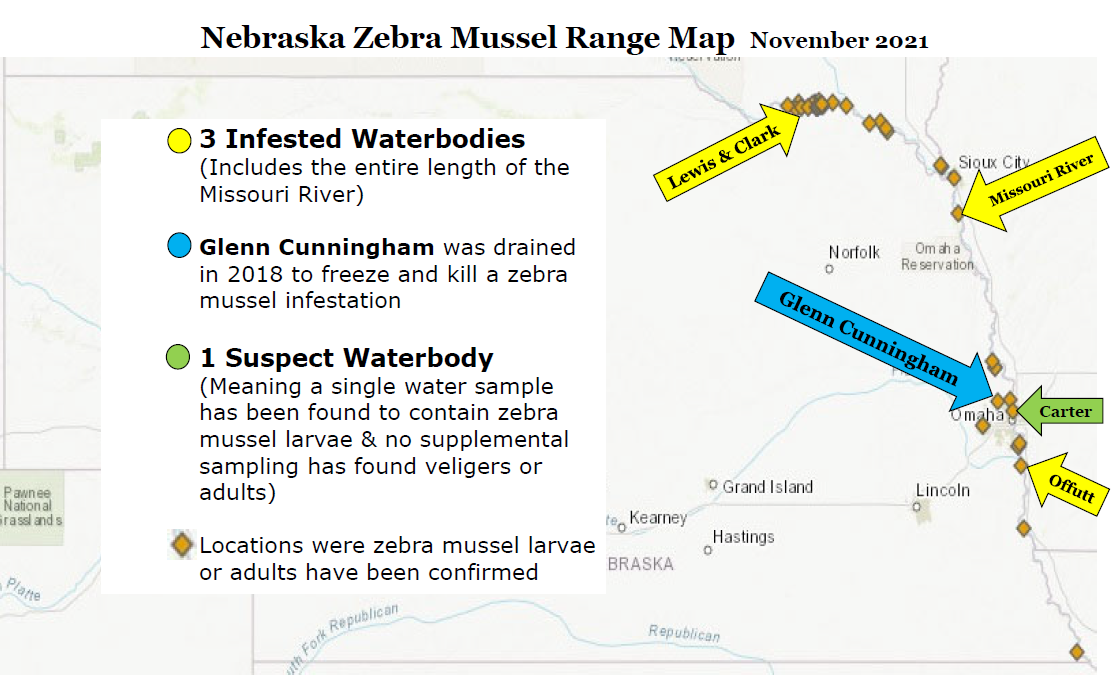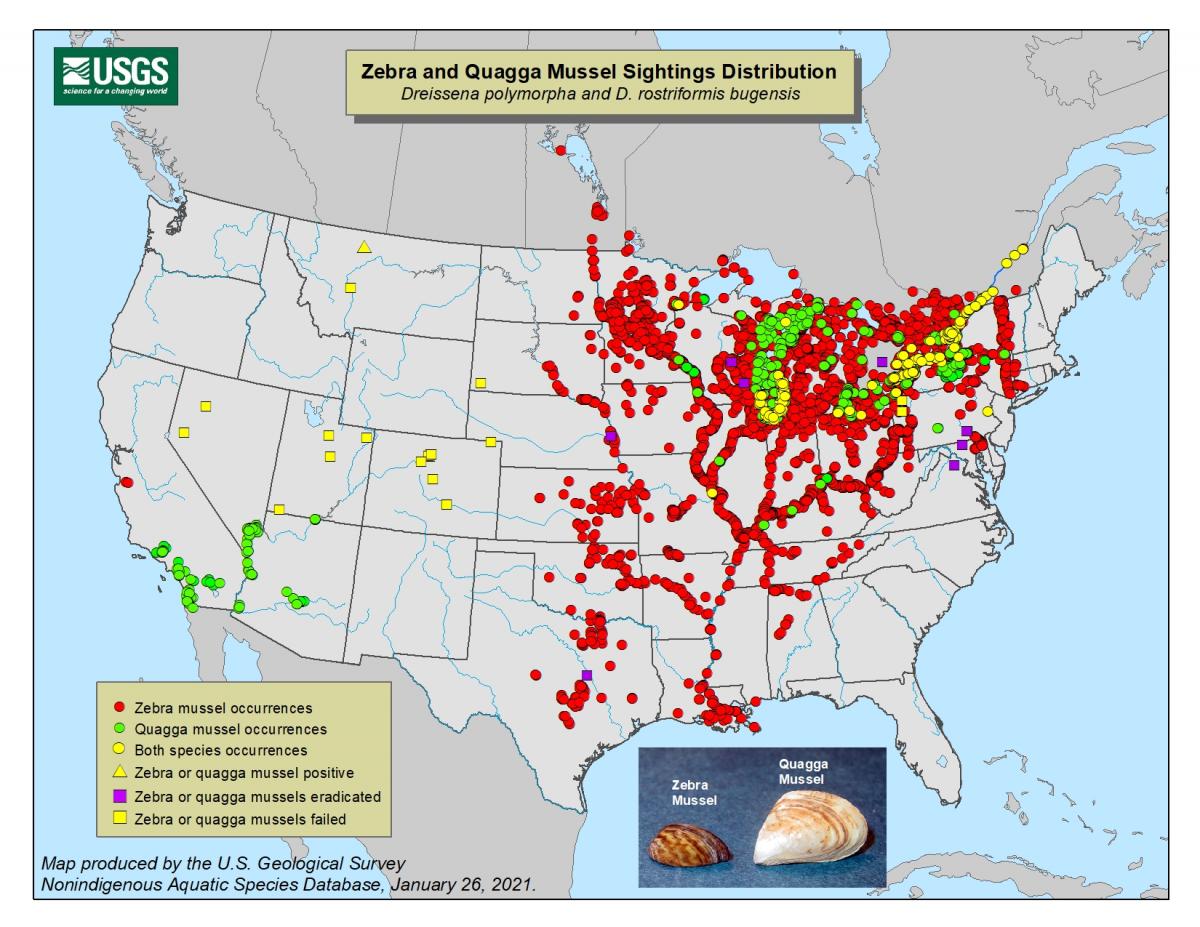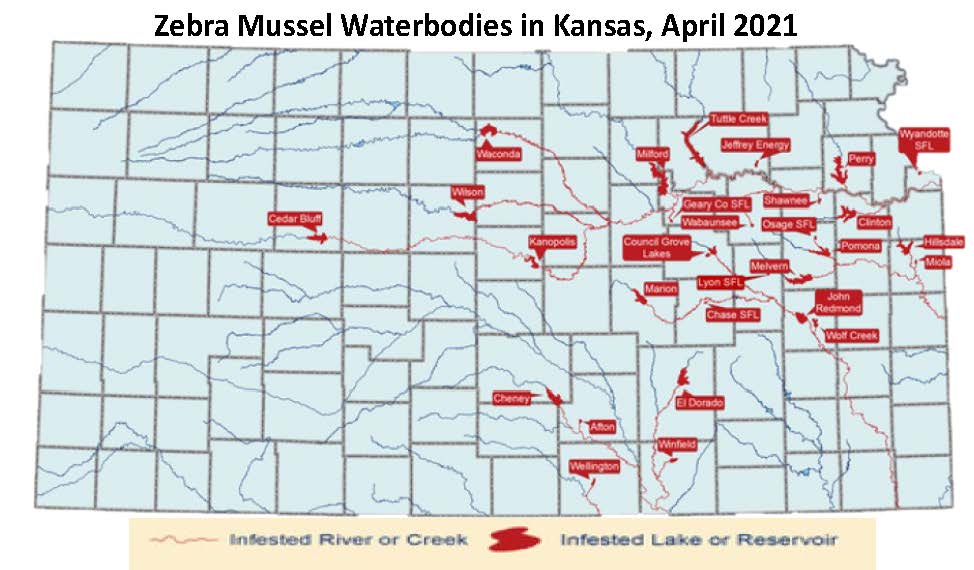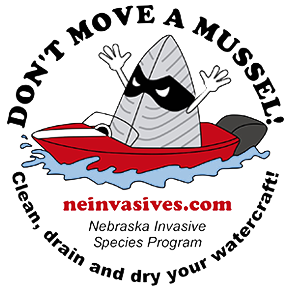
Zebra mussels have been found on moss balls or in their containers in 41 states, including Nebraska, and also found in 9 provinces & territories in Canada.
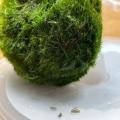
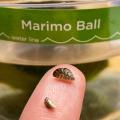 Photos by: Idaho State Department of Agriculture
Photos by: Idaho State Department of Agriculture Learn more about how to dispose of moss balls: US Fish & Widlife Service Updates, Protocols for decontamination of aquariums, Nebraska Game and Parks Press Release
PREVENT THE TRANSPORT OF AQUATIC INVASIVE SPECIES
Aquatic invasive species such as zebra mussels and Eurasian watermilfoil can be spread between water bodies on boating and fishing equipment that has not been cleaned, drained and dried. Help to prevent the transport of nuisance species by following the guidelines below – clean, drain and dry:
- Access watercraft inspection guidance and activity log HERE
- Watercraft decontamination procedures HERE
- Guidance for Private Lakes can be found HERE
- Aquatic invasive species prevention measures HERE & HERE
Videos:
- Presentation on Watercraft Inspections and Outreach Initiatives in Nebraska September 2021
- Presentation on Invasive Carp & Zebra Mussel Impacts & Management April 2021
- Watercraft Decontamination Videos: Wakeboard Boat
- Wakeboard video: https://youtu.be/MOgPuCm3HY
Resources
- Nebraska Game and Parks Commission's 2021 AIS Regulations, Categories of AIS, entire fisheries regs
- 2021 Fishing & Boating Guide
Prevention Steps

Clean
After boating, before you leave the launch:
Remove all visible plants, animals, fish, and mud from your boat, trailer, or other equipment and dispose of in a suitable trash container or on dry land. Don’t transport any potential hitchhiker, even back to your home. Remove and leave them at the site you visited.

Drain
After boating, before you leave the launch:
Drain water from bilge, live wells, ballast tanks, and any other locations with water before leaving the launch. Invasive viruses, zooplankton, and juvenile zebra mussels and Asian clams can be transported in even just a drop of water!

Dry
Before you arrive at the launch to go boating:
Dry your boat, trailer, and all equipment completely. Drying times vary depending on the weather and the type of material. At least five days drying time is recommended.
- Use one of our Free Clean, Drain, Dry (CD3) Watercraft Cleaning Units: Branched Oak Lake (near Lincoln, NE) or Weigand Marina (Lewis & Clark Lake). Learn how to use the units Here.
- See CD3 Usage data for those 2 units here
- Thank you to the U.S. Fish and Wildlife Service and the Nebraska Public Power District for funding these units. Also thank you to the Nebraka Game and Parks Commission for installing and maintaining these units.
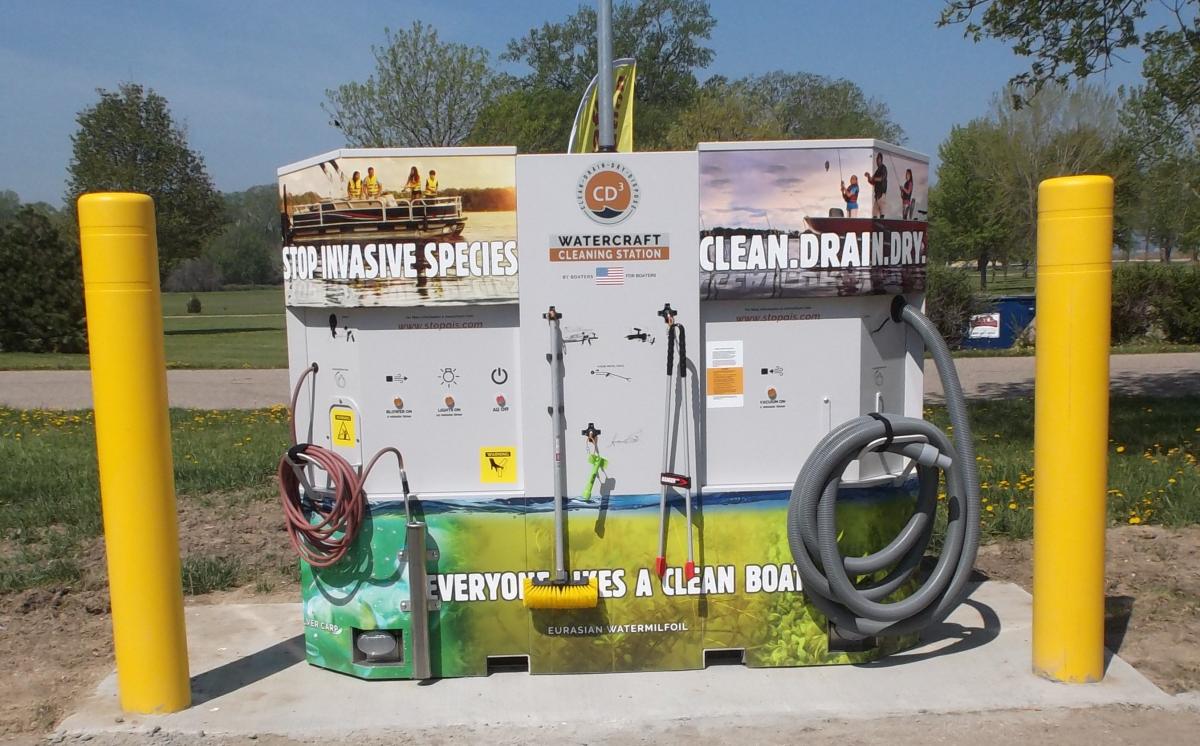
What Spots to Check
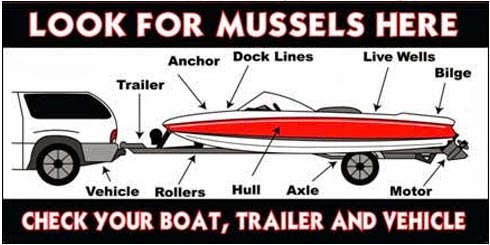
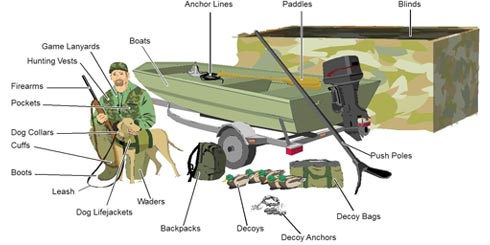
Current Zebra & Quagga Mussel Distribution Maps
Nebraska has 3 waterbodies infested with zebra mussels. The Missouri River, the entire length of the river in Nebraska (2016), Lewis and Clark Lake near Yankton, SD (2015), and Offutt Air Force Base Lake in Bellevue, NE (2014). A small infestation was found in Glenn Cunningham Lake in Omaha, NE (2018), the waterbody was drawn down in winter 2018 to freeze and kill the zebra mussel infestation. Once the waterbody opens in 2021 it will be sampled frequently for zebra mussel. Learn more about zebra mussels HERE.
Carter Lake (Omaha, NE) is Nebraska's only suspect waterbody, which means only a single water sample has been found to contain zebra mussel larvae and adults have not been found. A single water sample collected in 2017 tested positive and the waterbody can be delisted in 2020 if no zebra mussel laravae or adults are detected. Lake Zorinsky was delisted in 2019 after 3 years of negative sampling for zebra mussels, the eradication effort conducted in 2010/2011 is considered to have been successful.
Quagga mussels have not been found in Nebraska to date. View Current National Range Map.
